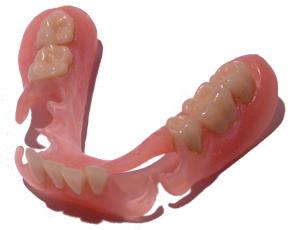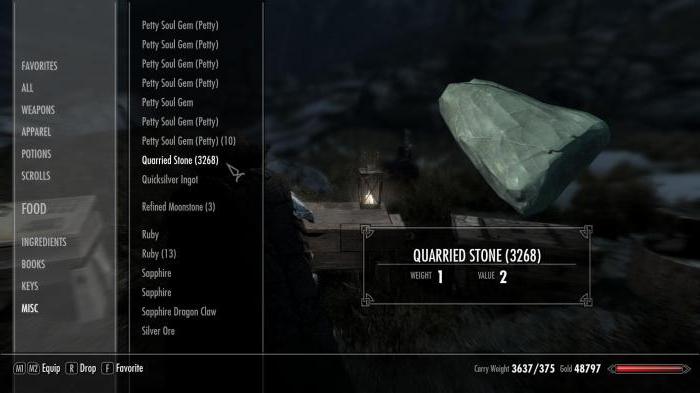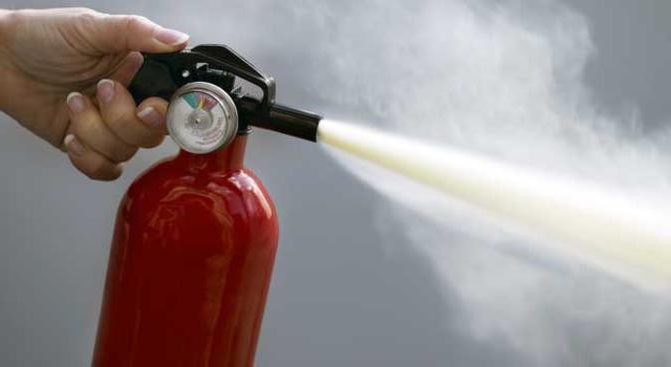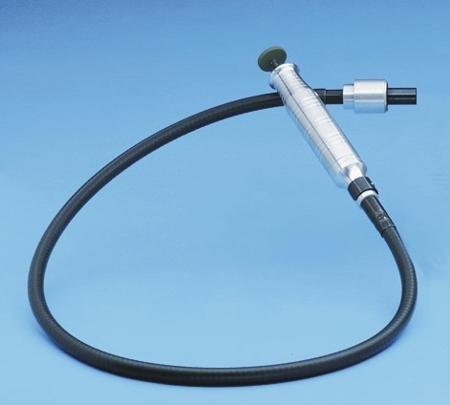Flexible stone: disadvantages, advantages, characteristics and features of work
Market of finishing building materialsunusually wide. Modern options easily get along with proven and tested. One of the recent proposals is a flexible stone. One name of the material attracts its ambiguity and creativity. After all, the stone initially causes associations with solidity and strength, but not flexibility.
Description and Diversity
To understand why this is the name of the material,it is enough to know what he is. It is based on a flexible material, such as fabric, high temperature polymer, fiberglass. And as a stone appears a thin layer of 1 mm of any sandstone. That's why such a material is called a flexible stone. The disadvantages of such a modern version of the finish are not significant, especially in comparison with its advantages.

Initially, the manufacturing technology was inventedin Germany. The essence of production is to cut a thin layer of sandstone, from 1 to 3 mm, and applying it to a flexible substrate with a binder polymer, for example, acrylic glue. Depending on the thickness of the cut, the following variants of flexible stone are distinguished:
1) a slab measuring 1 m by 2.5 m, having a thickness of up to 6 mm;
2) tiles of different, but small size with a thickness of about 2.5 mm;
3) roll with the minimum application from 1 mm.
Apply a layer of sandstone can be both at the site of its extraction, and in the conditions of shop production and even home. In the first case, the production of flexible stone looks like this:
- A sandstone surface is prepared, previously selected for its decorative qualities.
- A binding agent is applied, and a tissue base is attached to it.
- After drying, the substrate, together with the stone crumb that perfectly repeats the texture of the surface, is removed, and a flexible stone is obtained. Disadvantages of this method - depending on the weather conditions.
Features of a flexible stone
Flexible stone has a lotThe features that determine its advantages and disadvantages. From the main it is possible to single out its broad physical characteristics, as well as perfect decorativeness. This determined its popularity in use when decorating both external and internal surfaces. And this applies not only to walls and any other horizontal objects, but also ceilings. Consider the material itself, flexible stone, advantages and disadvantages of it, as well as the field of application.

Main advantages
- Flexibility. The main quality, which determines its wide application in finishing works. The application of material to simple bends does not require the use of additional tools and special skills. In fact, anyone who knows how to glue wallpaper, will cope with the finishing of a flexible stone. To decorate the surfaces with strong bends at significant angles, it is recommended to use a building hair dryer.
- Ease. Due to this, the material does not increase the load and can be used to cover the thinnest surfaces.
- Porosity and moisture resistance. Has a structure that allows you to pass not only light, but also steam. This allows the use of flexible stone for decorating a variety of lighting fixtures, as well as finishing bathrooms, baths and other rooms with high humidity.
- Refractoriness. It withstands a significant temperature increase without changing its properties, so it can be used for finishing stoves and fireplaces.
- Decorativity. A flexible stone, the defects of which are not identified as decorative material, are almost always unique. It is difficult to find variants with the same pattern because of the huge variety of sandstone. The various inclusions of the elements give the material different colors and shades. For example, clay adds red and brown, iron - saturated brown, and the sandstone itself can be gray, and yellow, and even pink.

- Technological. The material is light, flexible, even with simple scissors, and is very easy to glue to the substrate. The technology of wall lining with flexible stone is available to any person who does not have special skills and special tools.
- Wide temperature range of operation anddurability. A flexible stone, the disadvantages of which can be estimated in comparison with a simple stone, is about 35 years. If you use special impregnations, the service life can be increased. Operating temperature varies from -40 to +70 degrees Celsius.
- Ecological compatibility. Flexible stone is a completely natural material, as it consists of environmentally friendly ingredients. It does not burn, and when heated it does not release substances harmful to nature.
Disadvantages of the material
No matter how good the material for the finish, itwill also have negative features. From the shortcomings of a flexible stone can be identified its relatively high price range: from 500 to 7000 rubles. for 1 square. meter. First of all, this is explained by the prices for production, since high-precision industrial equipment is used to cut thin layers of sandstone.

The disadvantages include the number of processes for applying a flexible stone. In addition to surface treatment, it is important to cover the material itself with several layers of protective coating.
Stacking technology
To create a decorative surface made of flexiblestone is enough to perform a certain sequence of actions, and before that, stock up the necessary tool. To mount the material, you will need glue, a rubber presser for pressing, a sharp clerical knife or scissors and a notched trowel with a small pitch. If the decoration surface has many corners, a building hair dryer may be needed.

First of all, the working surface is prepared. Then, for better adhesion of the adhesive, a primer is produced. And only after that the flexible stone itself is glued. Characteristics and the installation of own material to describe in detail does not make much sense. Separately, you should specify some of the nuances that occur when fixing the material on the surface.
Tricks of installation
1. The surface for decoration should not only be cleaned, but also if possible aligned. The flexible stone will look more impressive. Otherwise, because of its fineness, it can repeat irregularities and roughness.
2. If roll material is used for gluing, glue is applied to the wall. In any other case - on the flexible stone itself.

3. The use of a construction hair dryer makes it much easier to glue the corner surfaces with a stone. For this, the material is heated and applied to the place of abutment. After cooling, the binder retains the shape given to the stone without any cracks.
Flexible stone with your own hands
It's not always possible to get what you likematerial. But there is a variant to produce a flexible stone by oneself. How to make a flexible stone without having on hand a beautiful natural sandstone and high-precision equipment? It should immediately be stipulated that the decorative properties of homemade flexible stone will be inferior to natural ones. In this case, the positive features of the material will be at a height.
To produce the material you like, you will need:
- mixing equipment: mixer or simple drill with the necessary nozzle;
- fabric base or fiberglass;
- sandstone in layers or crumbs;
- a fairly large room for production and drying.

First of all, the tissue base is taken andimpregnated with a binder. Then it is evenly covered with a crumb of sandstone. Sometimes, to give the material a color, the crumb is pre-painted with natural colors. At the last stage, drying takes place. That's how it turns out a flexible stone. Characteristics and features of the work on the manufacture lead to the production of stone in a separate type of business. After all, the material can be made independently even alone.
Instead of concluding
Flexible stone - modern, high-qualitya material with many advantages. It has high decorative qualities and can be used for both internal and external decoration of buildings. Sufficiently convenient to install, but it has a flexible stone advantages, disadvantages. Styling features allow to decorate the surfaces of any relief. And although due to the low prevalence of the material is not so popular, it will always find its connoisseurs.
</ p>




